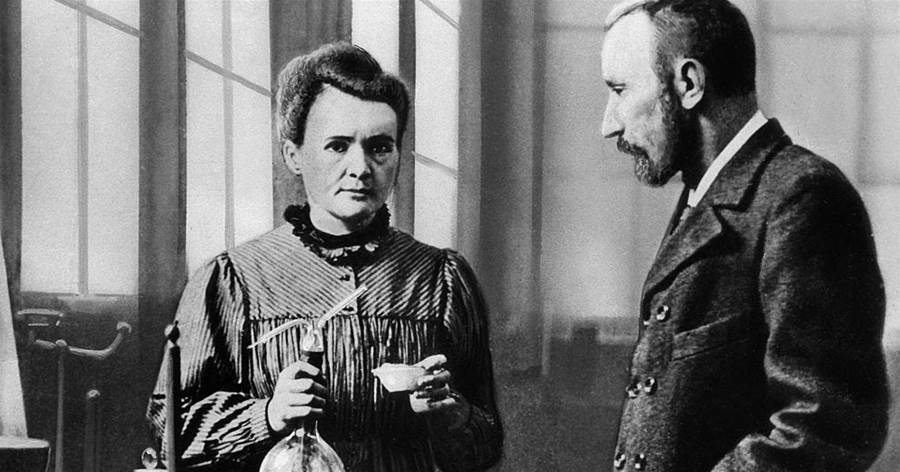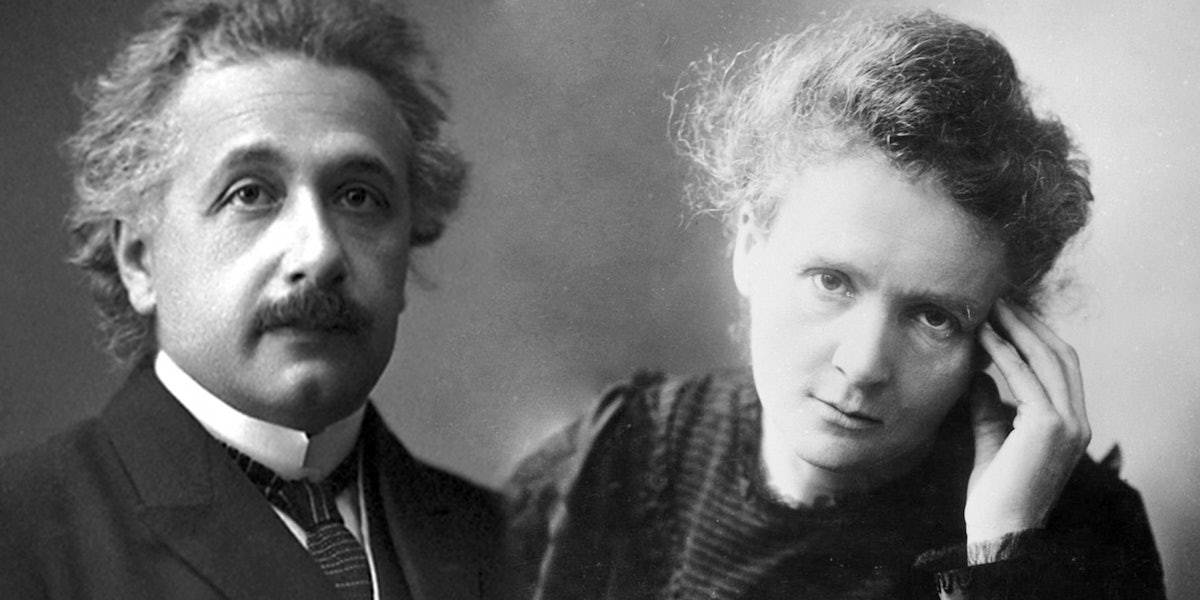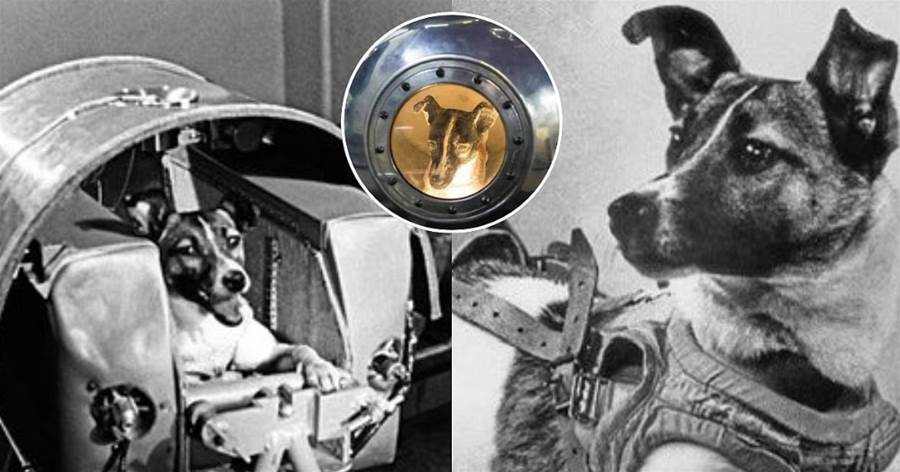
In 1911, Marie Curie, the iconic scientist known for her groundbreaking work with radium and polonium, was set to be honored with her second Nobel Prize in Chemistry. It was a monumental achievement for a woman in a male-dominated field, but her victory was marred by a scandal that would make headlines across the globe.

Just days before the prestigious Nobel ceremony, an affair between Curie and physicist Paul Langevin, a married man, was exposed. The press, eager to sensationalize, painted Curie as a home-wrecker, playing on public outrage and portraying her as a foreign threat.
The article is not finished. Click on the next page to continue.
The article is not finished. Click on the next page to continue.
Next page


















